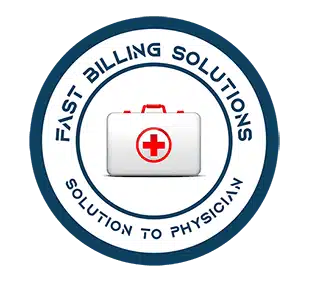Health IT stands for health information technology. It is the field of IT that involves the creation, design, development, maintenance, and use of info systems in the health industry. Interoperable and automated healthcare info systems will keep improving public health and medical care. Moreover, it also helps in lowering costs, reducing errors, improving patient satisfaction, and increasing efficiency.
It has become significant with the grouping of varying government policies and evolving technology.
Different Types of Health IT
The main element of the infrastructure of this field is known as the EHR. EHR or EMR (electronic-medical-record) is the digital, official healthcare record of a person and is shared with various agencies and healthcare providers. Moreover, other key components of this technology’s infrastructure are HIE and PHR.
Apart from EHRs, there are also a few other significant health information technologies. VNAs (vendor-neutral achieves) and PACS (picture archiving & communication systems) are the two most common types. Healthcare professionals use these technologies to manage and store the medical images of patients.
The most recent revolution in health information technology involves the greater utilization of the API (application-program-interface) for improving interoperability. It helps in accessing and interacting with health data through mobile devices.
Benefits
Some critics believe that EHRs need more time from clinicians to enter data. However, there are so many benefits of this technology. Some of the key benefits are:
- Effective use of big data and data analytics for managing population healthcare management programs.
- The utilization of analytics and cognitive computing for performing PM (precision medicine) tailored for different patients.
- Sharing data with academic researchers for developing new medical drugs and therapies.
The health IT infrastructure also helps patients get and utilize their healthcare data. They can work together with their specific clinicians and care. It is a system that is still evolving and will bring a lot more benefits in the future.
You May Also Read: Credentialing Services – What are the Different Types of Credentialing?
